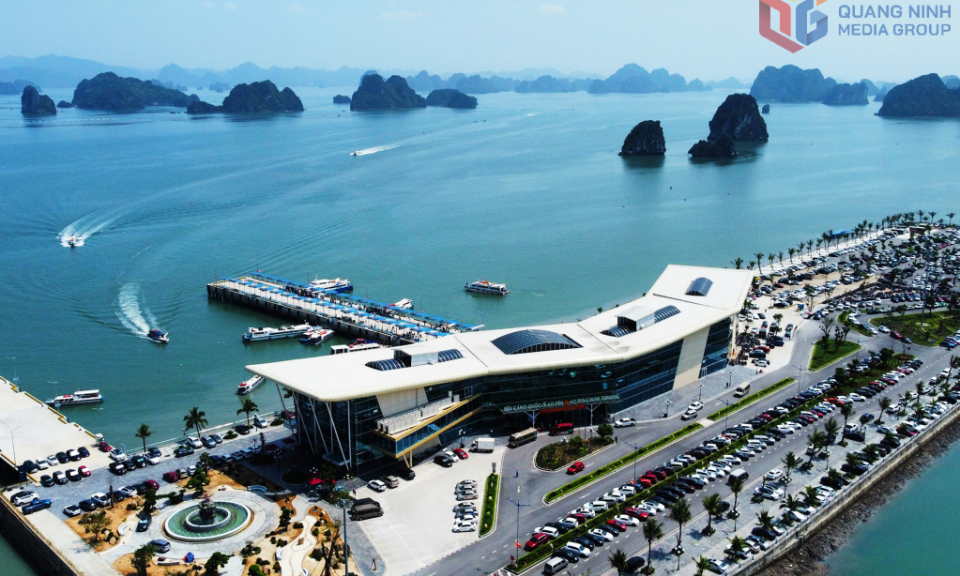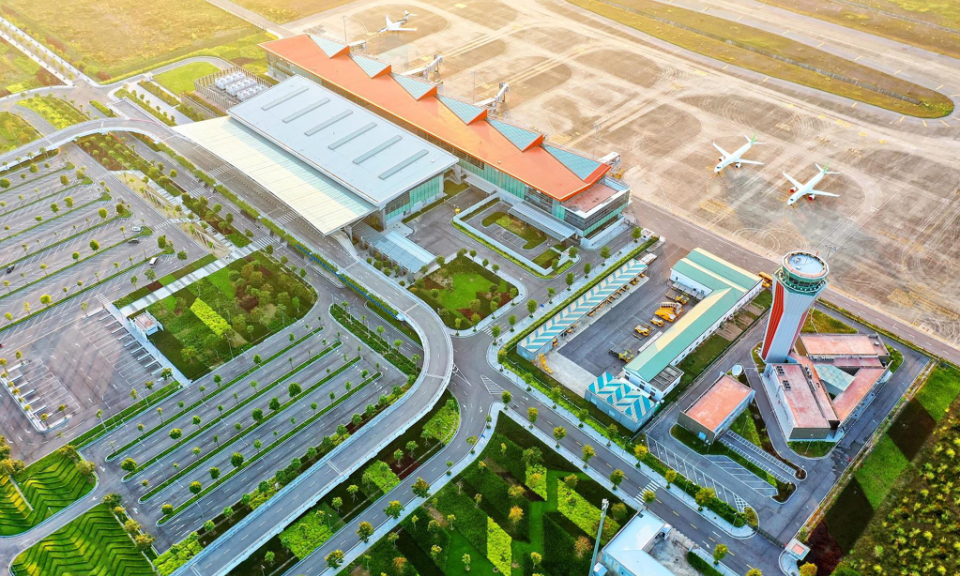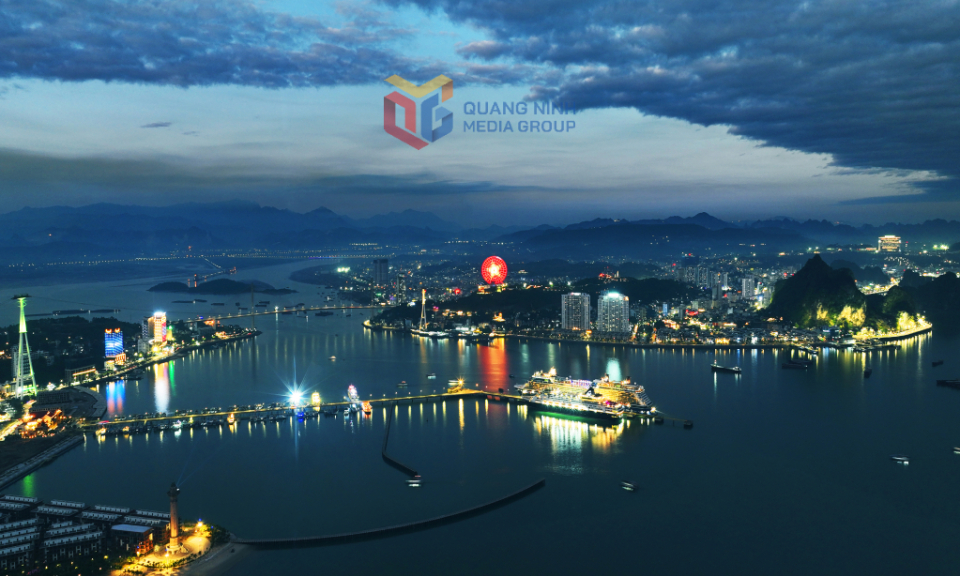Co To special zone - a “green hub” in the northeast sea
Located in a strategic position along Vietnam’s northeastern maritime route, Co To special zone is envisioned as a national and international center for marine and island ecotourism. With a clearly defined development plan and synchronized infrastructure investment, Co To has become a powerful symbol of aspirations for growth, a “green special zone” in the heart of the Northeast Sea.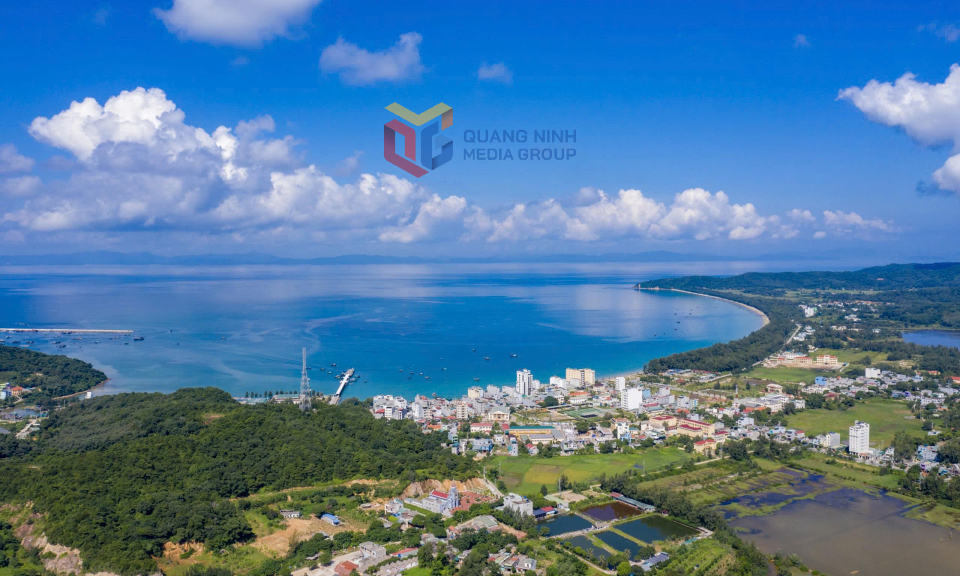
Under the Quang Ninh provincial master plan for 2021-2030, with a vision to 2050, Co To will develope in the direction of “green - smart - sustainable” growth, with infrastructure seamlessly connecting it to the mainland and regional economic centers.
Co To (now officially designated as a special zone) has recently made effective use of available resources to invest in transportation, healthcare, education, electricity, water systems, and other essential infrastructure, unlocking its full potential and driving socio-economic development.
A modern, climate-resilient transport network has taken shape, including Pier Area 1, Thanh Lan Pier, the East-West traffic axis across Co To island, hamlet No.2 bridge in Thanh Lan, and upgrades to urban infrastructure such as power lines and telecom systems.
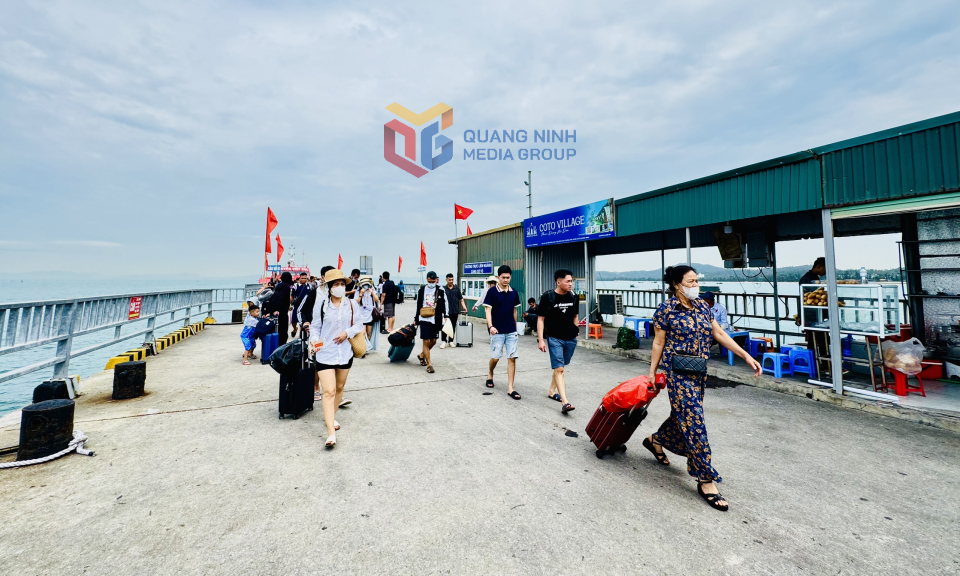
Local businesses and residents have also invested in accommodations, restaurants, and transportation services, giving Co To a vibrant, dynamic new urban identity. Today, the special zone offers 300 lodging facilities, 30 restaurants, a supermarket, a commercial center, and two standard beaches, fully meeting the needs of both residents and visitors. As a result, tourist spending and length of stay are on the rise.
Between 2020 and 2025, Co To is expected to welcome around 1.2 million visitors, 1.5 times more than in the previous five-year period. Estimated tourism revenue stands at VND 3 trillion, up 1.8 times compared to 2015–2020. The economy is growing at an average annual rate of 16.03%, exceeding the provincial average. Total state budget revenue in the area has surpassed VND 200 billion, with an average annual increase of 10%. The local economic structure has shifted in the right direction, with services making up 65%, industry and construction 20%, and agriculture 15%.
With the implementation of the two-tier local government model, Co To has laid out major policy directions to develop modern, high-quality tourism and integrated services, pursuing a strategy of “less quantity, more quality,” while firmly safeguarding national defense and security. The goal is to make Co To a leading tourism center in Quang Ninh and a model “green special zone” in the Northeast Sea.
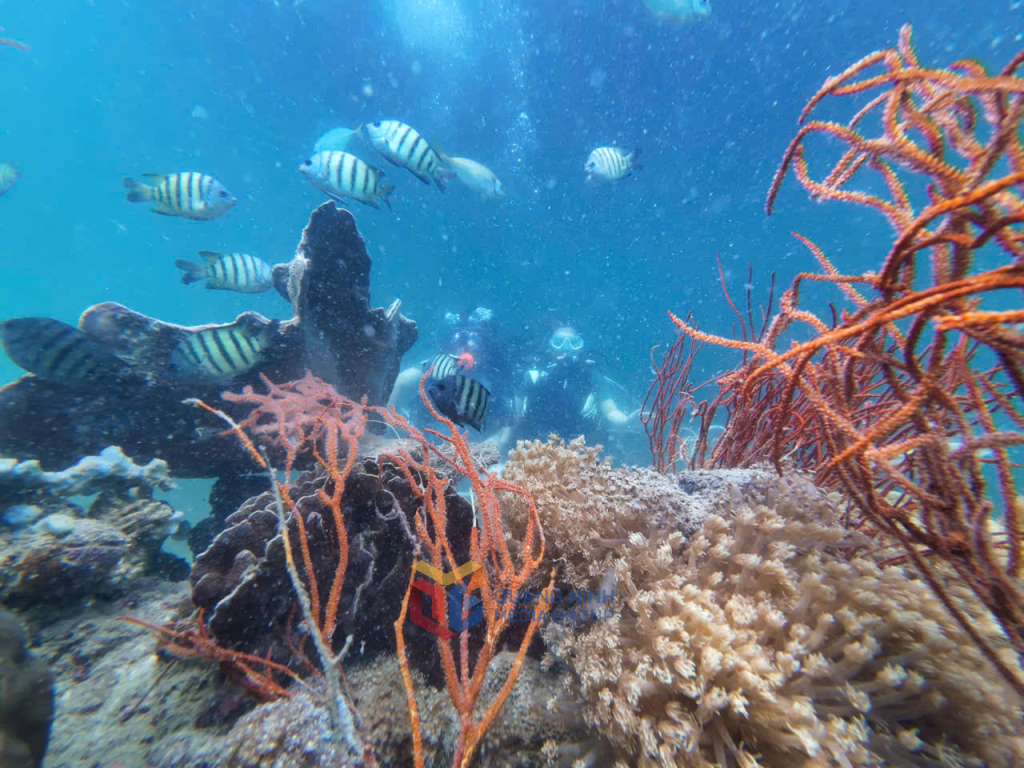
In order to realize this vision, Co To is focusing on three key pillars of the marine economy: ecological, cultural, and experiential island tourism, sustainable aquaculture and high-tech marine farming, and coastal fisheries logistics and support services
The authorities have prioritized comprehensive upgrades to maritime infrastructure, especially seaports and associated services. At the same time, it is restructuring the spatial organization of marine economic activities to ensure efficiency, scientific planning, and harmony, reducing conflicts, preserving biodiversity, and protecting the marine environment.
Co To is also integrating seafood harvesting with high-tech, sustainable aquaculture and processing. Plans include developing zoned marine farming areas, adopting advanced technology, linking production with deep processing and distribution, and modernizing fisheries logistics.
Importantly, this sepcial zone is also elevating the value of its seafood sector through innovation in aquaculture, storage, and processing while building strong brands for signature local products such as dried squid, dried fish, lobster, and sea urchin.

